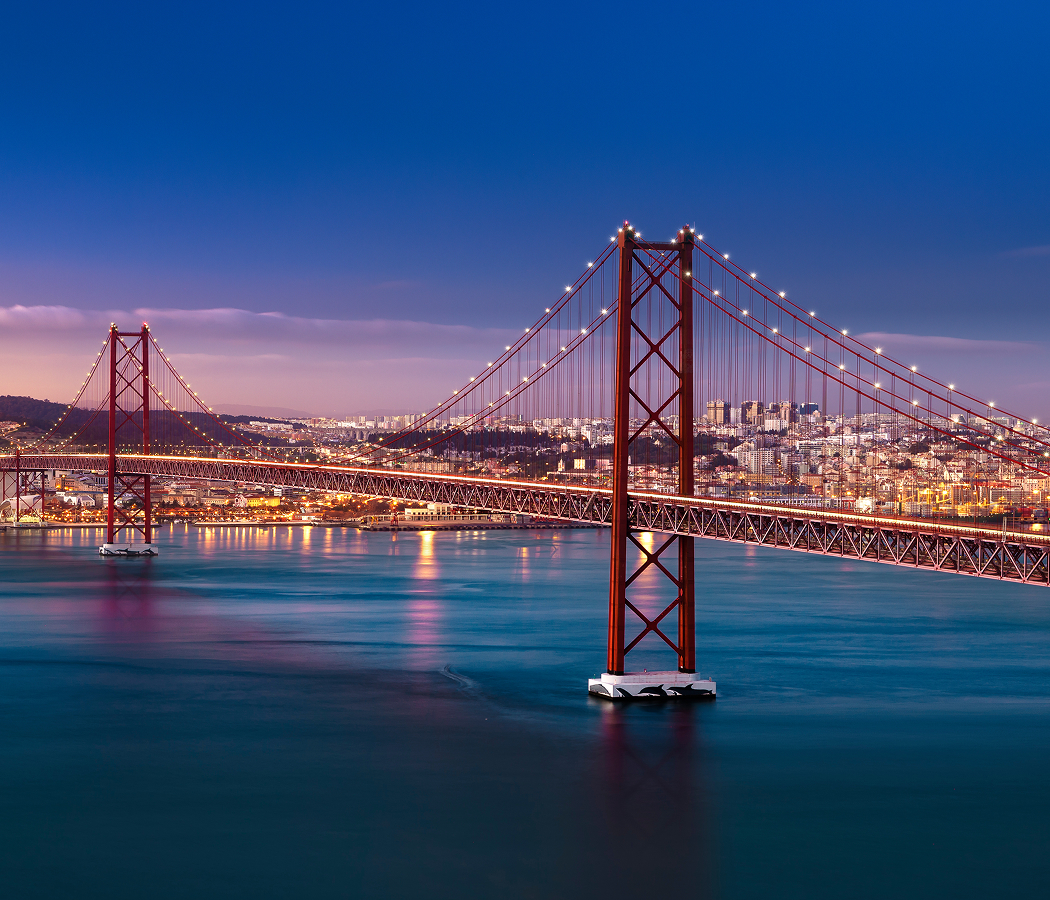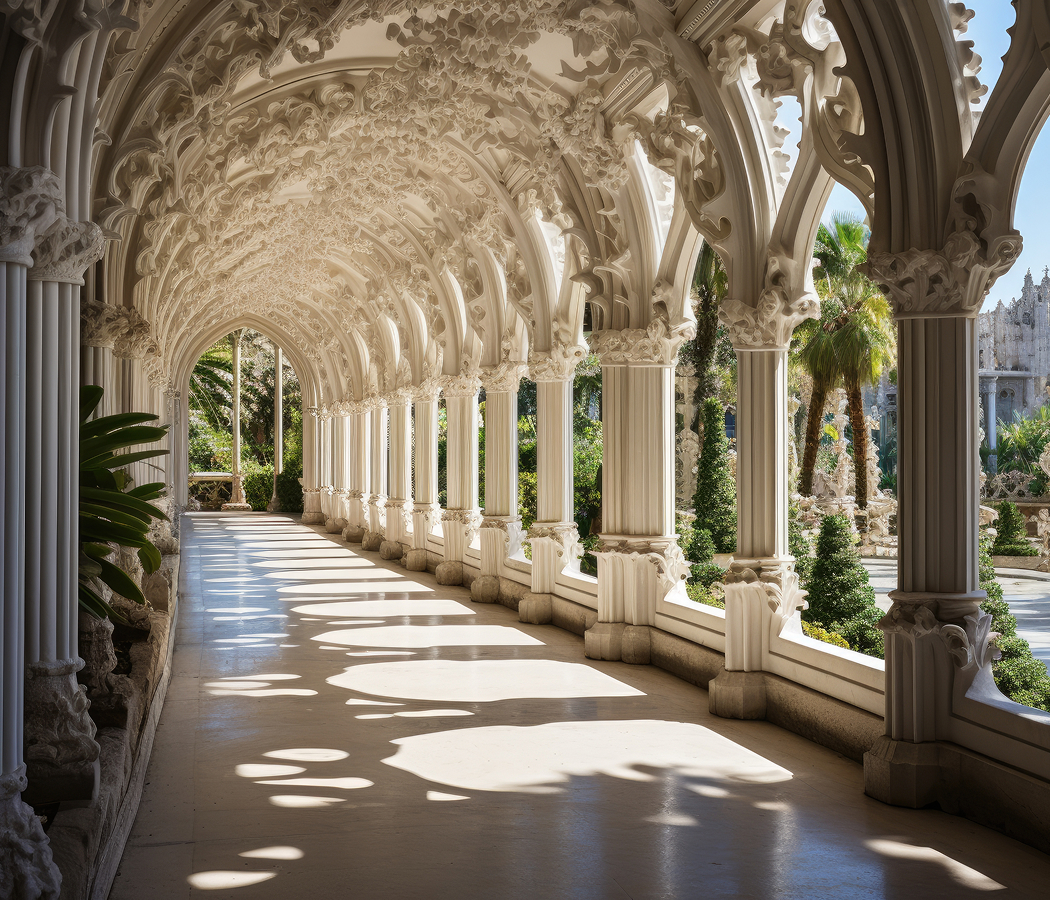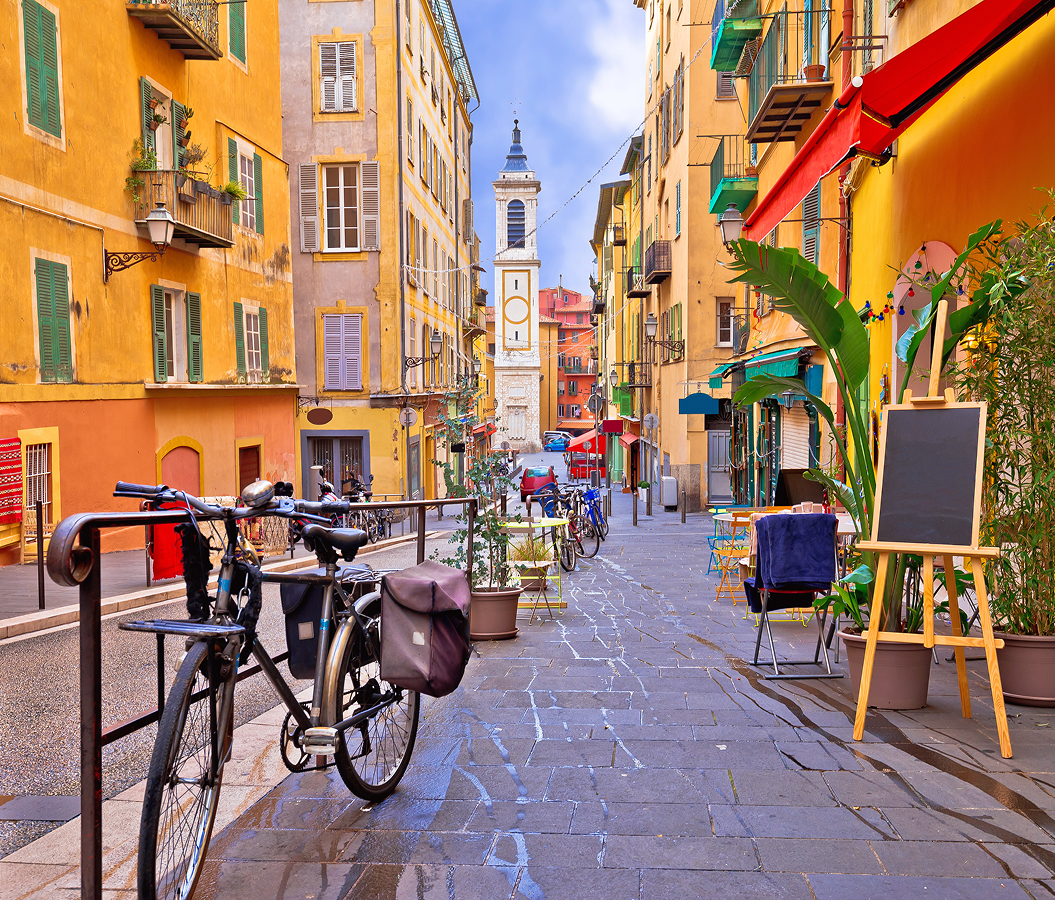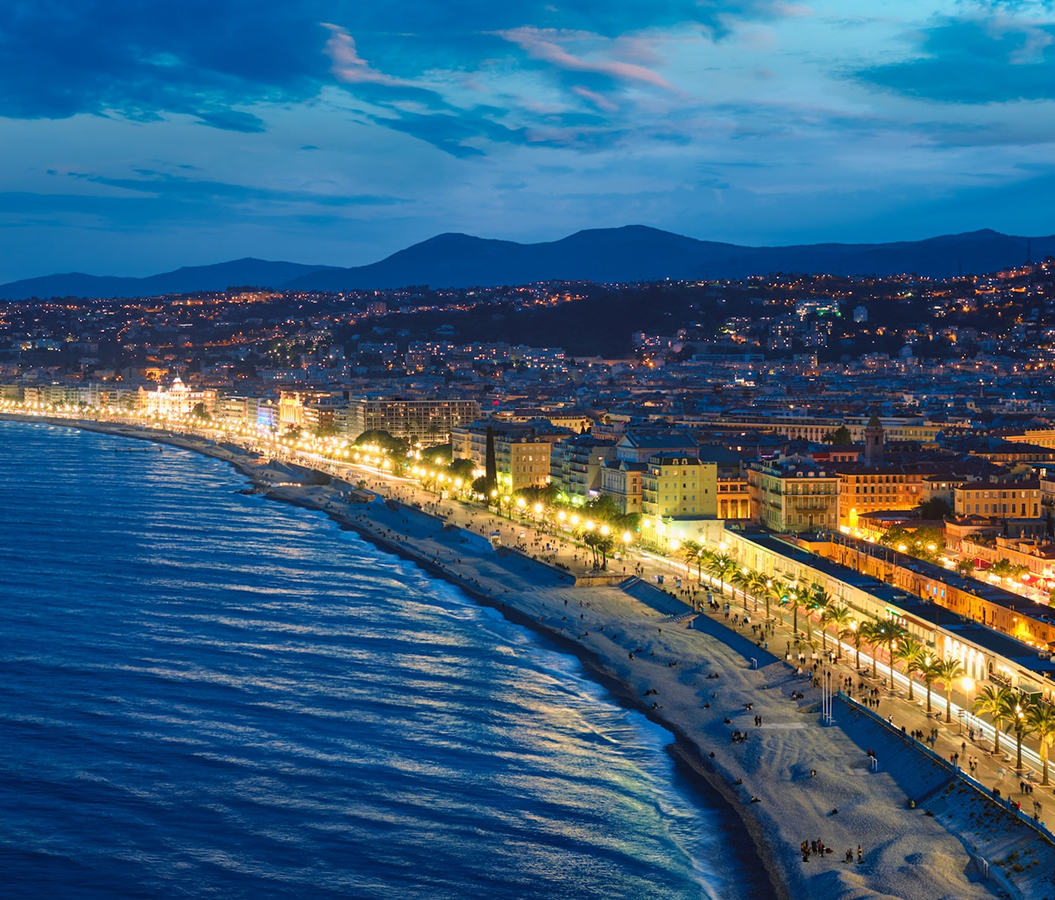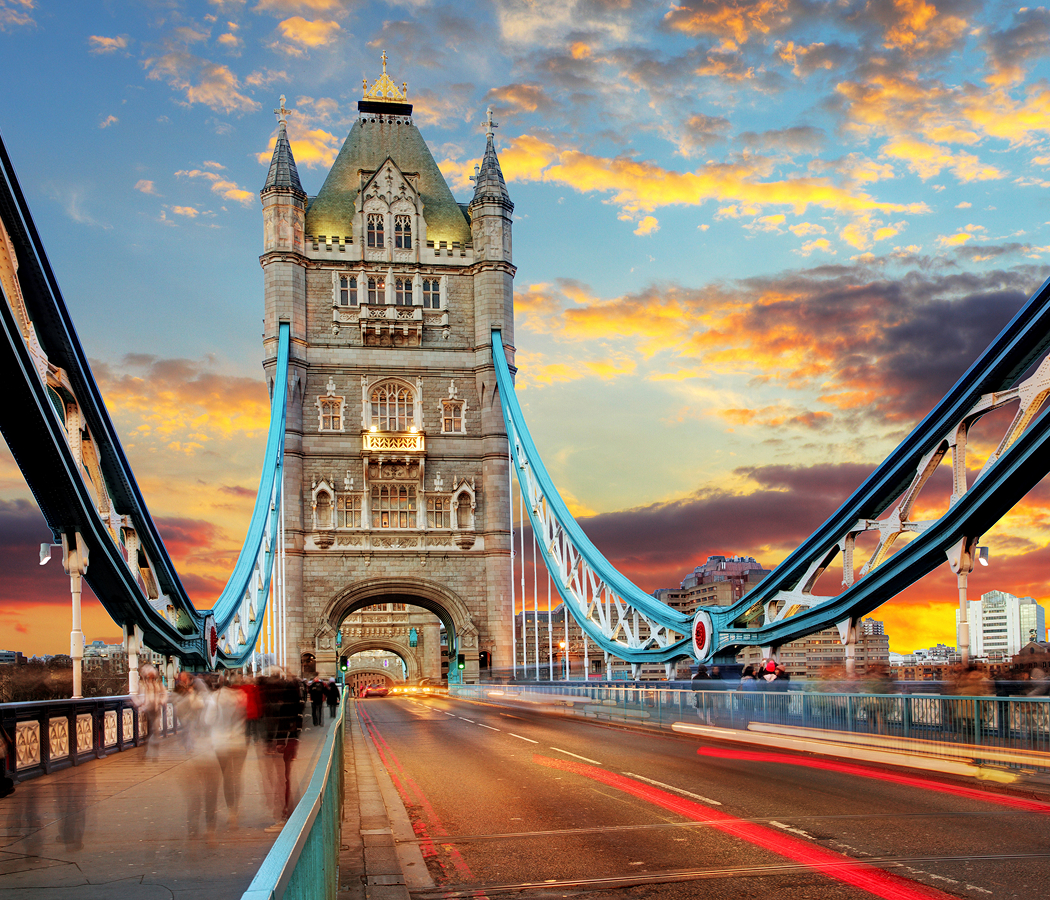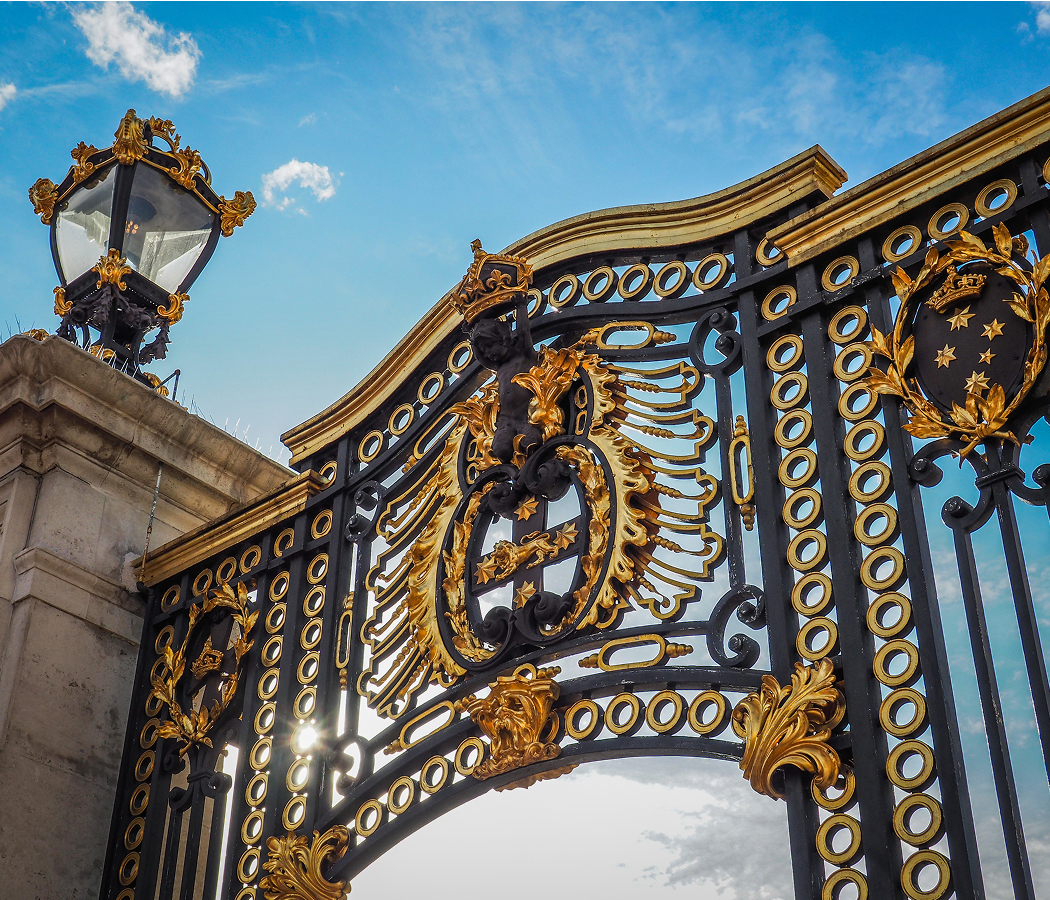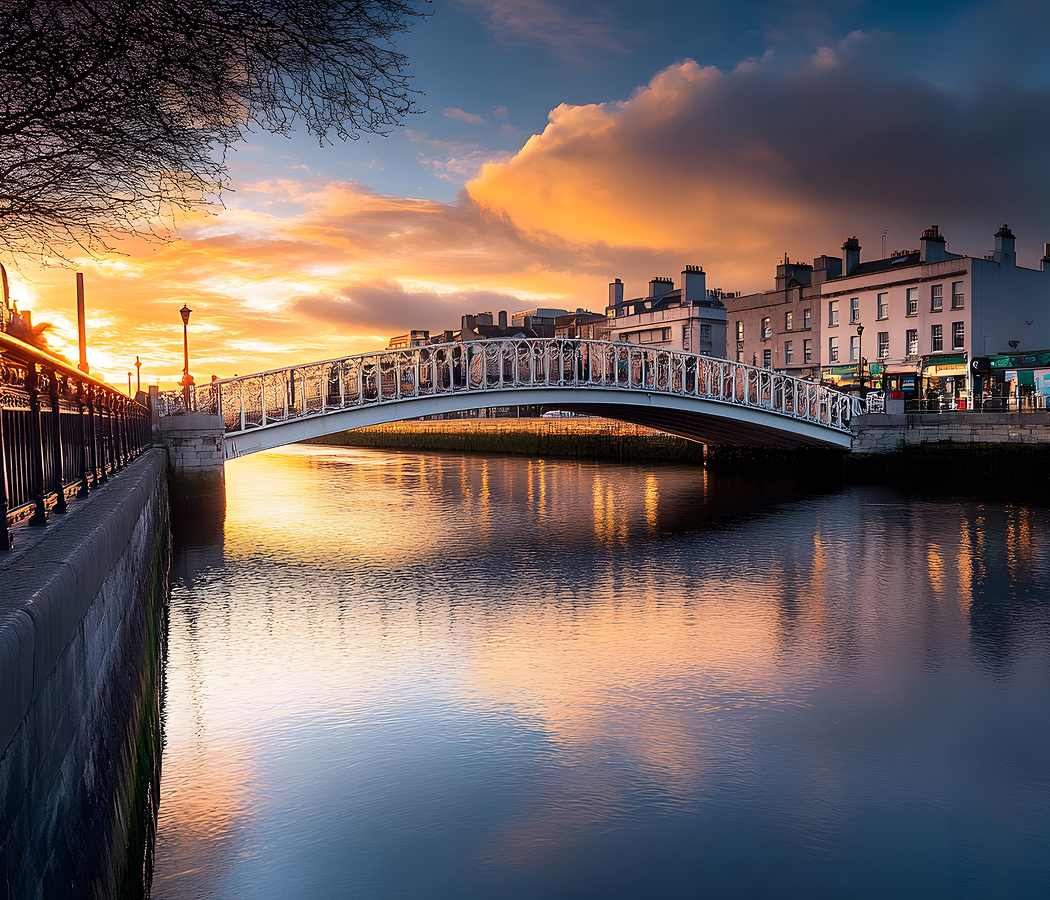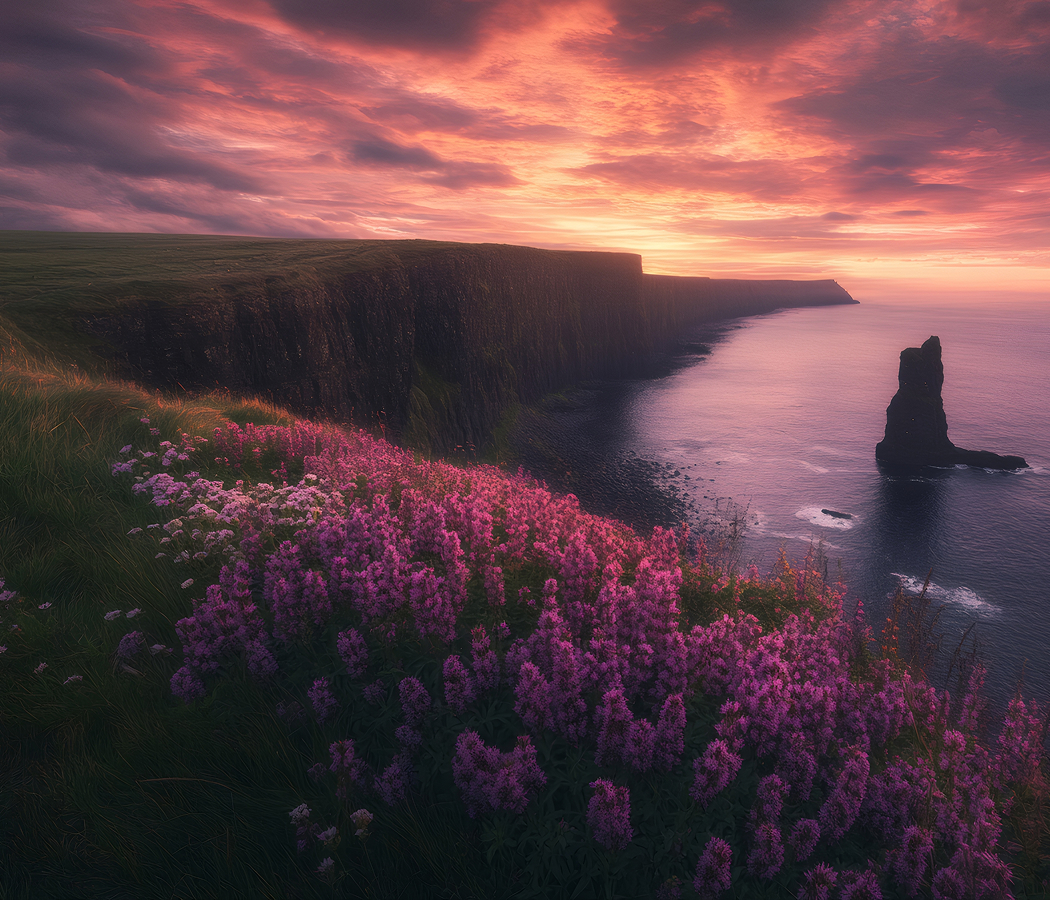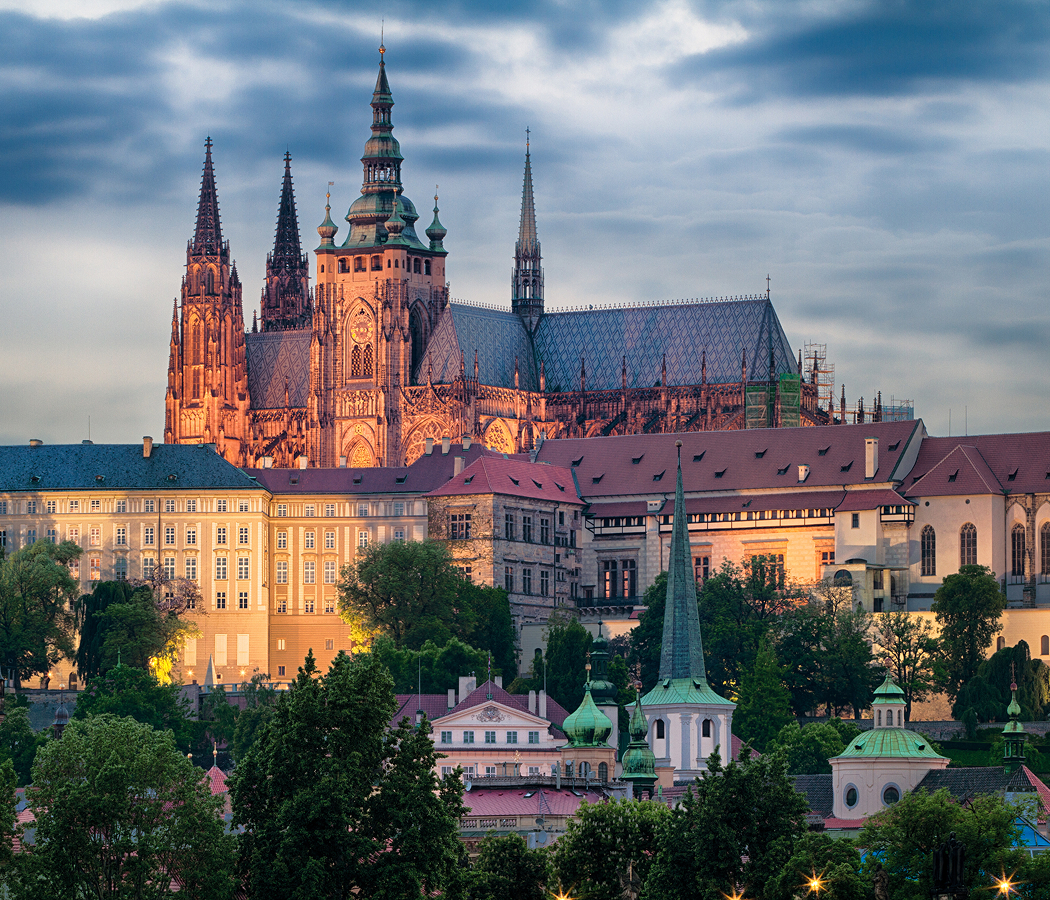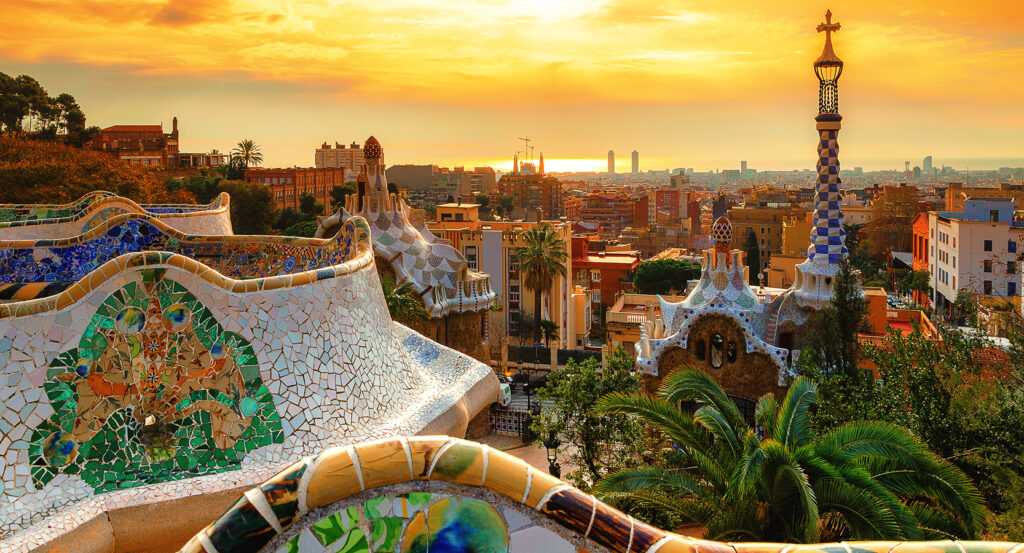
Why you should experience Park Güell in Barcelona.
Park Güell isn’t just a park, it’s a living dream, Antoni Gaudí’s imagination unfurled across the hills of Barcelona.
Perched above the Gràcia district, this UNESCO World Heritage masterpiece feels more like a fairytale come to life than a city park. Every curve, color, and column hums with Gaudí’s distinctive rhythm, organic, playful, and deeply spiritual. Originally conceived in the early 1900s as part of an ambitious garden city project for industrialist Eusebi Güell, the park evolved into an architectural wonder that captures Catalonia’s creative soul. Mosaic-covered benches twist like serpents, columns bloom like trees, and staircases seem to ripple with motion. From the iconic lizard, El Drac, to the sweeping terrace that frames Barcelona like a painting, every inch feels alive with intention. The park blends architecture, nature, and philosophy into a single sensory experience, one that transcends time and gravity. Walking through it is like stepping into Gaudí’s mind, a place where nature isn’t just admired, but exalted.
What you didn’t know about Park Güell.
Behind its kaleidoscope beauty lies a story of vision, failure, and lasting triumph.
The park was originally planned as a luxury housing development inspired by English garden cities, 60 villas nestled among sculpted landscapes. But despite Gaudí’s genius and Güell’s wealth, the project never found buyers, and only two houses were built. When the plan collapsed, Gaudí transformed the space into something far more profound: an open-air sanctuary of art and harmony with nature. His design principles, rooted in geometry, faith, and biomimicry, shaped everything from the viaducts to the benches, ensuring that each form served both beauty and function. The famous trencadís mosaics, made from broken tiles and glass, weren’t just decorative; they symbolized renewal, turning discarded fragments into wonder. Over the decades, Park Güell became one of Barcelona’s most beloved symbols, a monument to perseverance, creativity, and imperfection elevated to art. Even now, the park’s curves seem to breathe, its surfaces catching light in ways that make stone feel alive.
How to fold Park Güell into your trip.
To experience Park Güell as Gaudí intended, go slowly, it’s meant to be savored like a symphony.
Arrive early in the morning, when the city below is still waking, and climb the serpentine pathways that lead toward the main terrace. Start at the Dragon Stairway, where El Drac gleams with sunlit tiles, then step into the Hypostyle Hall, a forest of stone columns supporting the famous mosaic ceiling that seems to shimmer with celestial motion. Wander upward through the viaducts, where walkways twist organically through cypress and palm trees, until you reach the Nature Square, the park’s grand terrace. From there, Barcelona stretches to the sea in a panorama so stunning it feels surreal. Take a seat on the sinuous bench that encircles the terrace, its curves designed to cradle the human form, and listen to the city’s faint heartbeat below. Bring a sketchbook, a camera, or nothing at all, just attention. As the sunlight shifts and the colors change, you’ll understand what Gaudí meant when he said, “Nothing is art if it does not come from nature.”
Hear it from the Foresyte community.
Feels like Gaudi ate a whole box of crayons then built a park out of the leftovers. You’re walking through art that doesn’t know how to sit still. Whole vibe is candy land for adults.
Where meaningful travel begins.
Start your journey with Foresyte, where the planning is part of the magic.
Discover the experiences that matter most.










